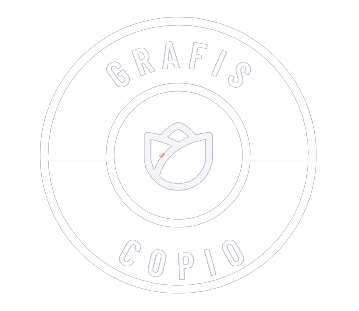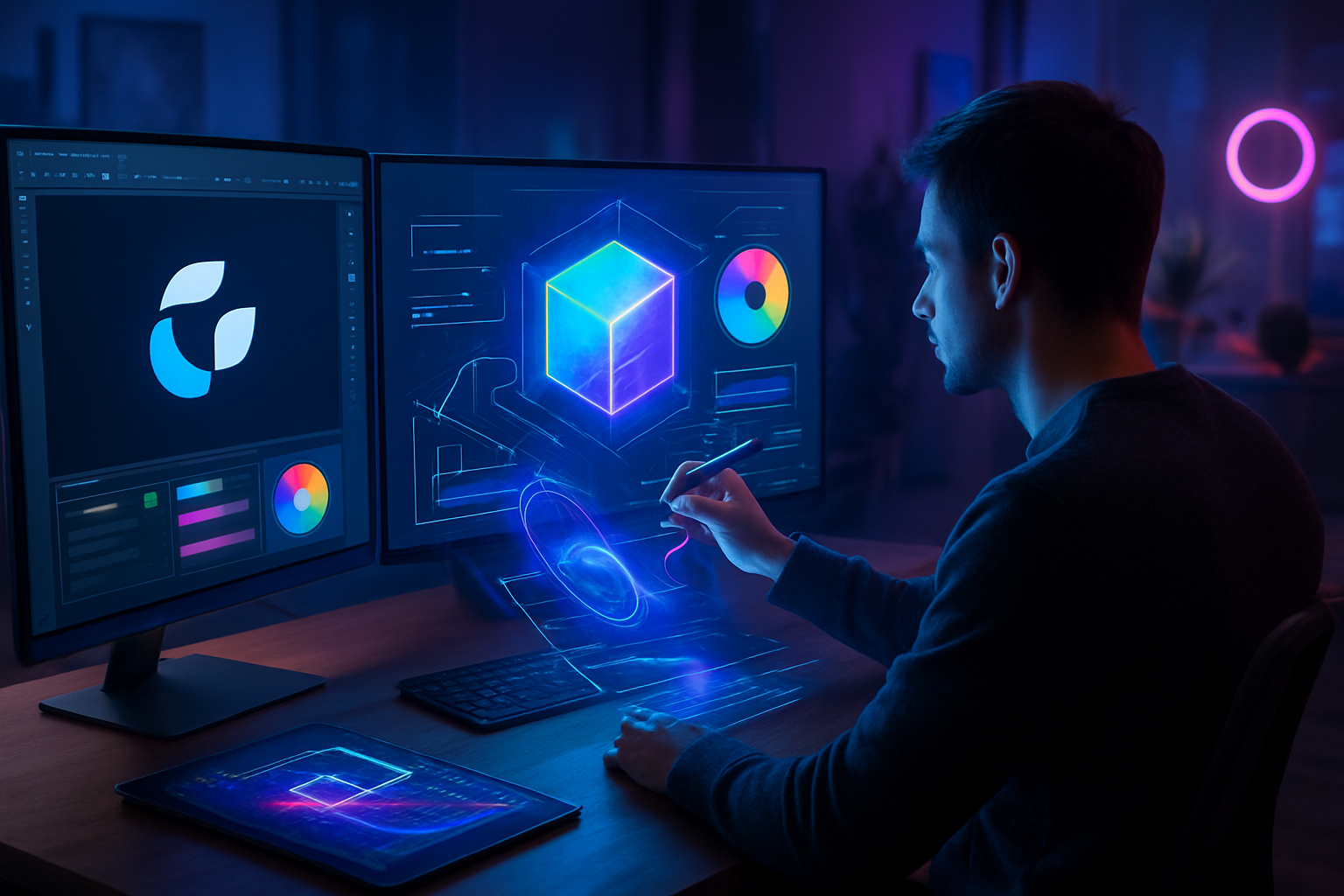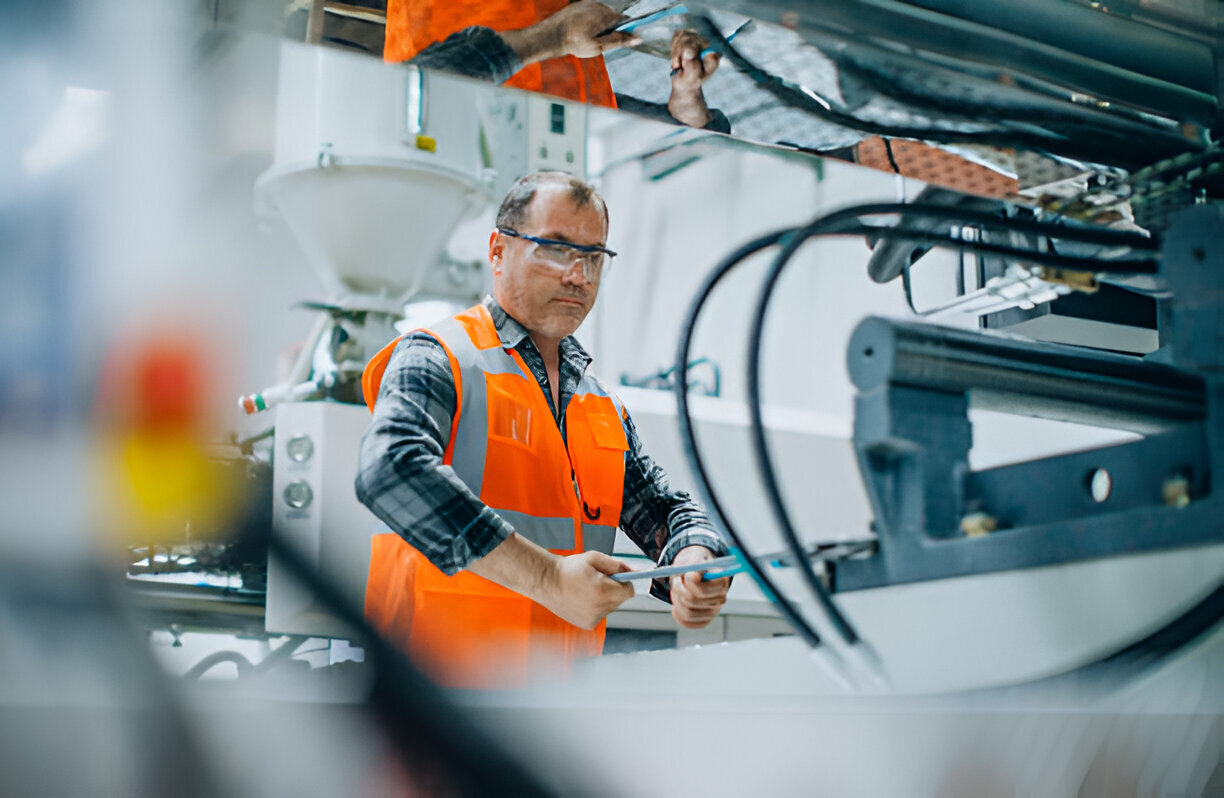If you’re a freelance graphic designer today, you know the game has changed. Your talent with an illustration or your mastery of Photoshop is still valuable, but it’s no longer the only thing that lands the best gigs. The most successful independent designers – the ones commanding premium rates- aren’t just artists; they are technological ninjas who wield new tools to deliver superior results and run a remarkably efficient business.
The real secret to moving up to higher-value clients isn’t just about polishing your portfolio; it’s about making a strategic leap in how you work. This means embracing technology, especially AI and automation, not as a threat, but as the ultimate force multiplier for your career.
This article unpacks how you can stop being a good “doer” and start being a great “strategist” by mastering new tech, ultimately transforming your entire value proposition in the crowded freelance market.
The Designer’s New Mandate: Efficiency Over Effort
The biggest difference between a $25/hour freelancer and a $100+/hour consultant is simple: speed and strategy. Premium clients don’t pay you for the hours you spend; they pay you for the speed with which you solve their problems. New technology is the engine that drives this efficiency.
AI: Your Twenty-Four-Hour Assistant
Let’s be honest: AI tools like Midjourney or Firefly are often seen with skepticism. But think of them not as replacements, but as a fully staffed, round-the-clock design team ready to execute your commands.
- Rapid Concept Testing: Before you pour ten hours into a detailed mockup, use AI to generate twenty different visual directions in thirty minutes. You are not letting the AI design; you are directing it. This instant feedback loop allows you to discard weak concepts immediately and focus your manual, high-skill effort only on the most promising avenues.
- Bury the Drudgery: Every designer hates monotonous tasks. Automated background removal, smart file compression, batch editing, and AI-driven color correction are the jobs you should fire yourself from. By delegating this digital grunt work to technology, you reclaim hours every week to spend on high-level, creative thinking, client communication, or, heaven forbid, enjoying your evening.
- Data-Informed Decisions: High-value clients appreciate designs backed by logic, not just instinct. New design tech is increasingly offering basic analytics integration. Imagine presenting a design and saying, “Our A/B testing mock-up shows this layout typically increases click-through rates by 12%.” That kind of quantifiable logic instantly justifies a premium fee. You move the conversation from “Do you like the blue?” to “Does this solution meet your business goal?”
Leveling Up the Freelance Business Machine
Being a better designer is only half the battle. Higher-value clients expect their freelancers to run a tight, professional, and sophisticated business. Your technology stack must project this same level of competence.
Seamless Client and Project Management
Your client should never have to ask, “What’s the status?” Your systems should tell them.
Become the CEO of Clarity: Adopt a project management tool (Trello, Asana, Monday.com) and invite your client to the board. This immediate, transparent view of the timeline, feedback rounds, and deliverables builds ironclad trust. It shows you respect their time and their investment.
Automate the Paperwork Nightmare: Nothing screams “amateur” louder than a hastily written email proposal. Use tools that automate the creation and digital signing of polished, legally sound contracts and project scopes. This professional structure eliminates delays and instantly signals to your client that you are a serious business partner, not a casual hobbyist.
Financial Fluency: Working Across Borders
For the Filipino freelance designer, scaling your business often means working with international clients. This introduces complex hurdles related to currency, banking, and compliance.
Adopting reliable financial technology is paramount. Utilizing secure, transparent payment gateways is the only way to manage global transactions efficiently. Furthermore, for Filipinos navigating local requirements, access to reliable and up-to-date guides for online transactions in the Philippines is essential. Knowing exactly how to handle remittance, currency conversion, and local tax requirements ensures that your financial foundation is rock solid, removing a huge source of anxiety and risk. High-value clients appreciate a freelancer who has their business affairs expertly organized.
The Ultimate Payoff: Specialization and Positioning
The combination of technical design mastery and a seamless business operation allows you to execute the final strategic move: specialization.
Stop Being a Generalist
Generalists are plentiful and cheap. Specialists are rare and expensive. New tech makes it easier to rapidly build expertise and a portfolio in a niche that commands attention.
- Niche Domination: Use your AI assistants and software mastery to focus on high-demand, complicated fields – think data visualization design for FinTech, complex Webflow development, or high-fidelity motion graphics for branding agencies. When you can convincingly say, “I am the expert who handles corporate rebrands for SaaS startups,” you have broken away from the pack.
- The Premium Efficiency Pitch: Your ability to move a client project from concept to delivery with lightning speed (thanks to your automation and tech stack) becomes your key selling point. You are no longer selling hours; you are selling results delivered in a fraction of the time. This strategic positioning allows you to charge for the value of the outcome, not the time you spent creating it. The client gladly pays a premium because your efficiency is saving them time and money.
Conclusion
The era of the “starving artist” is over for those who choose to adapt. The journey is about evolution, not revolution. It requires curiosity, a willingness to delegate the repetitive to AI, and the discipline to run your creative practice like a professional organization.
By embracing tools for creative acceleration, financial transparency, and business automation, you transition from being a skilled hands-on designer to a strategic creative consultant. This is the difference that earns the trust of premium clients and secures a resilient, high-paying career in the dynamic world of freelance design. The technology is here; the only remaining step is for you to seize it.



